12 Telltale Signs That Your Dog Is Truly Happy
Dogs bring an unmatched sense of joy and companionship to our lives, but they rely on subtle cues to communicate their emotions. As pet owners, learning to recognize these signs not only strengthens the bond we share but also ensures we can meet their emotional and physical needs. By observing the way your dog reacts to their environment and loved ones, you can gain valuable insights into their well-being. Understanding these signals allows you to create a loving and supportive environment where your dog can thrive, fostering a relationship built on trust, affection, and mutual happiness. This guide explores 12 clear signs that your dog is happy, providing you with the tools to recognize and celebrate their joy. Whether it’s a wagging tail or a soft gaze, each behavior is a testament to their love for life—and for you. Let’s dive into the world of canine happiness and uncover the many ways your furry friend expresses their delight.
1. A Wagging Tail That Says It All
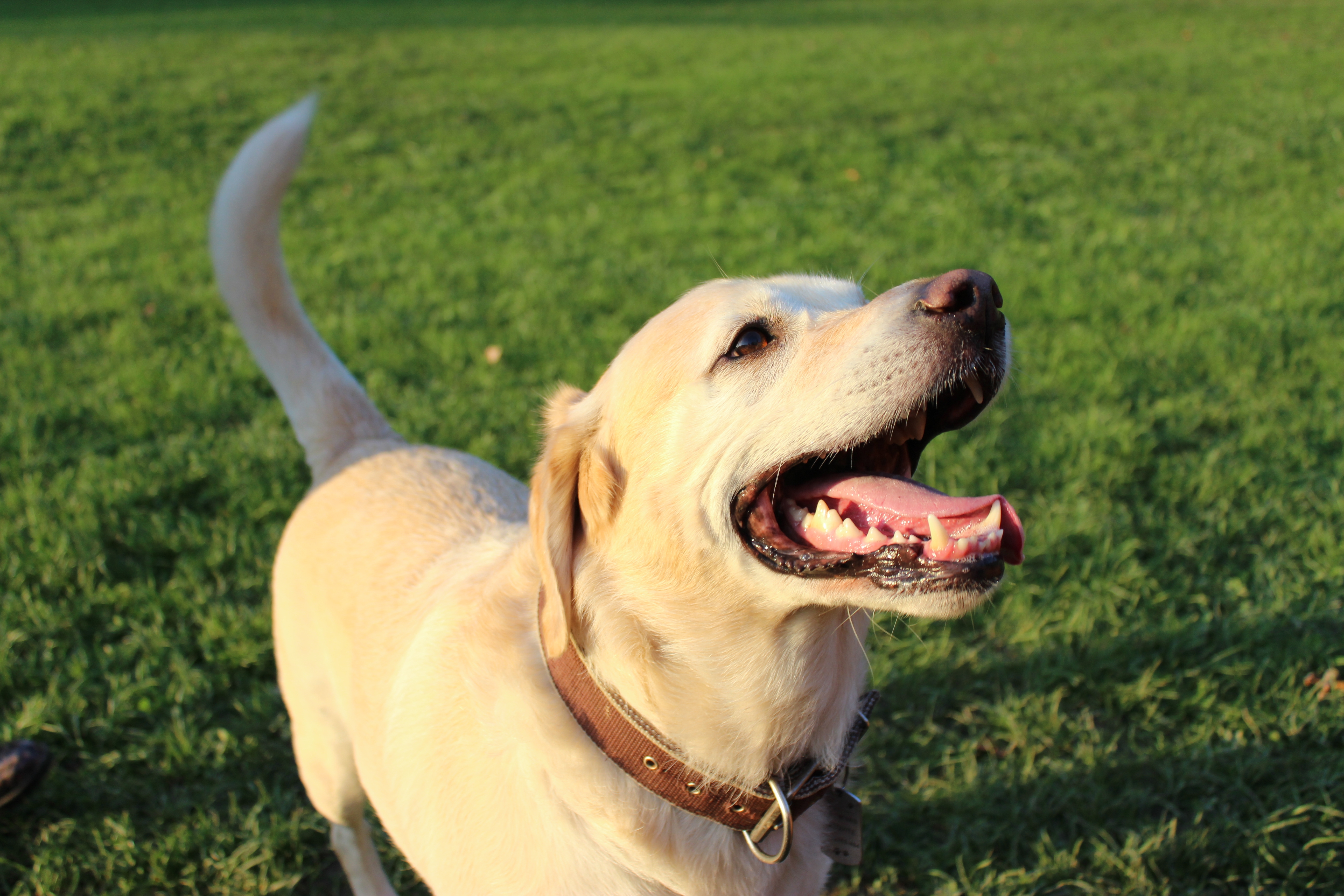
A wagging tail is the quintessential sign of a happy dog, but the details of the wag can reveal even more. A loose, sweeping wag that moves back and forth with ease often signifies joy and excitement. If the tail is held high and wagging energetically, it indicates confidence and eagerness, such as when greeting you after a long day or anticipating a walk. On the other hand, a wagging tail paired with a lower position can still reflect happiness but in a more relaxed or submissive state. Pay attention to the entire tail movement. If it’s wagging so enthusiastically that it seems like the whole rear end is swaying, your dog is likely experiencing sheer bliss. This tail-wagging behavior is often most pronounced during moments of affection, play, or when seeing their favorite human.
2. Bright, Relaxed Eyes
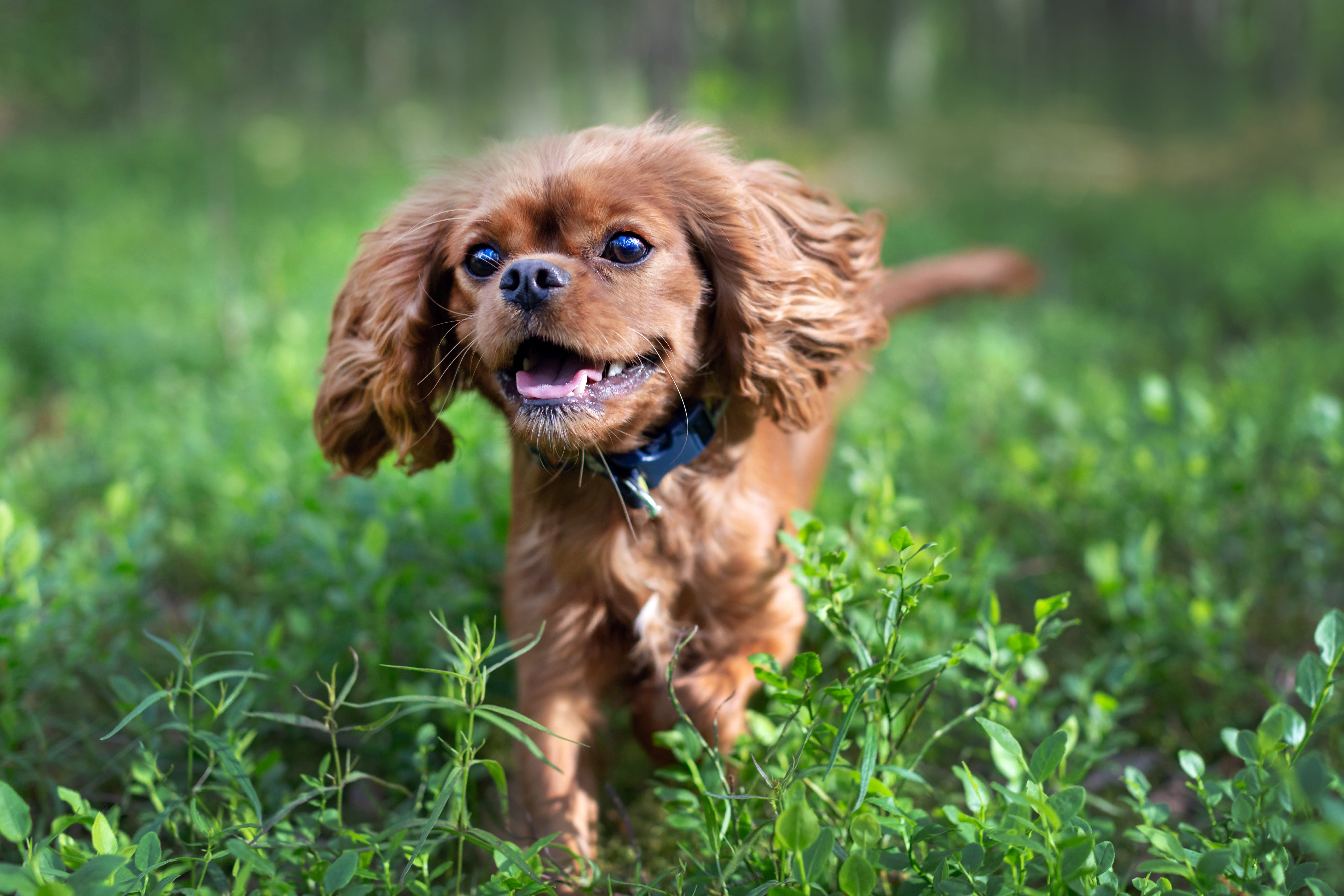
A happy dog’s eyes tell a story of calm and trust. Bright, sparkling eyes with no tension around the brow or eyelids are a strong indicator of contentment. When a dog feels happy and secure, their gaze softens, and they may even maintain loving eye contact with you. This is a powerful sign of trust and connection, as dogs rarely hold eye contact unless they feel completely safe and comfortable. You might also notice your dog “smiling” with their eyes—this involves a relaxed gaze accompanied by a slightly open mouth and panting. These subtle expressions often occur during play or moments of calm and indicate that your dog feels at ease in their environment.
3. An Eager Appetite

A healthy appetite is often a sign of a happy dog. If your dog comes running at the sound of food being prepared or eagerly waits for treats during training, it’s a clear indication of their enthusiasm for life. Wagging tails and excited barks during mealtime are common behaviors that show your dog associates food with happiness and comfort. However, this goes beyond just eating; the way your dog approaches food can reveal their overall mood. A happy dog may take their time savoring a meal in a relaxed environment or playfully beg for a snack when they’re feeling particularly cheeky. Changes in appetite, on the other hand, could indicate stress or health concerns, so it’s important to monitor this behavior as part of their emotional well-being.
4. Playful Energy
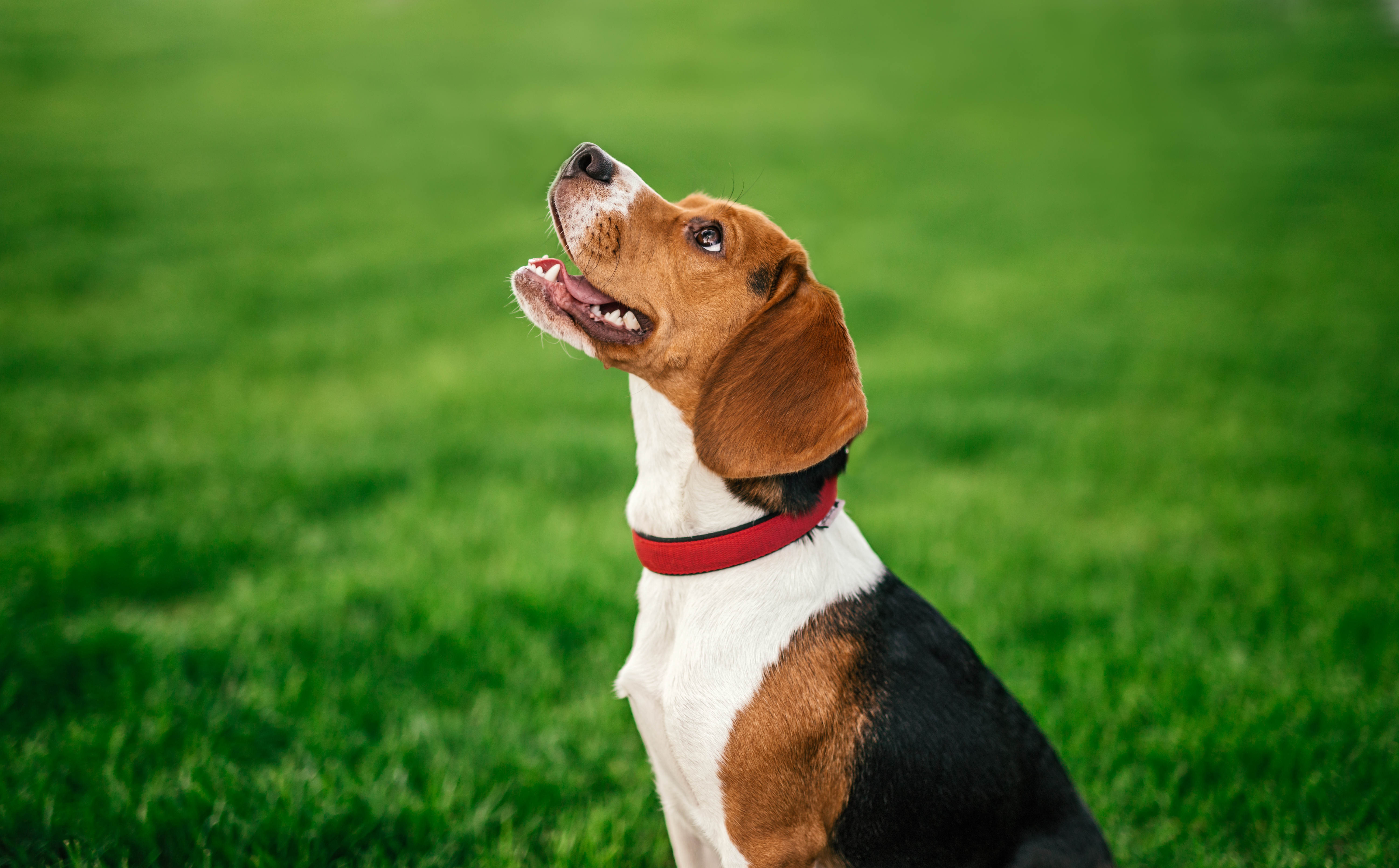
A dog’s playful behavior is one of the most telling signs of their happiness. From initiating games with a play bow (front legs stretched forward, rear end in the air) to chasing toys with abandon, playful energy reflects their joy and excitement. Happy dogs are often eager to engage in games, whether it’s tug-of-war, fetch, or just romping around the yard. Playfulness can also extend to interactions with humans and other dogs. If your dog eagerly joins in social activities, wags their tail during play, and takes turns in a game, it’s a strong indicator of emotional balance and contentment. Even older dogs often express happiness through more subtle, gentle play.
5. Whole-Body Wiggling
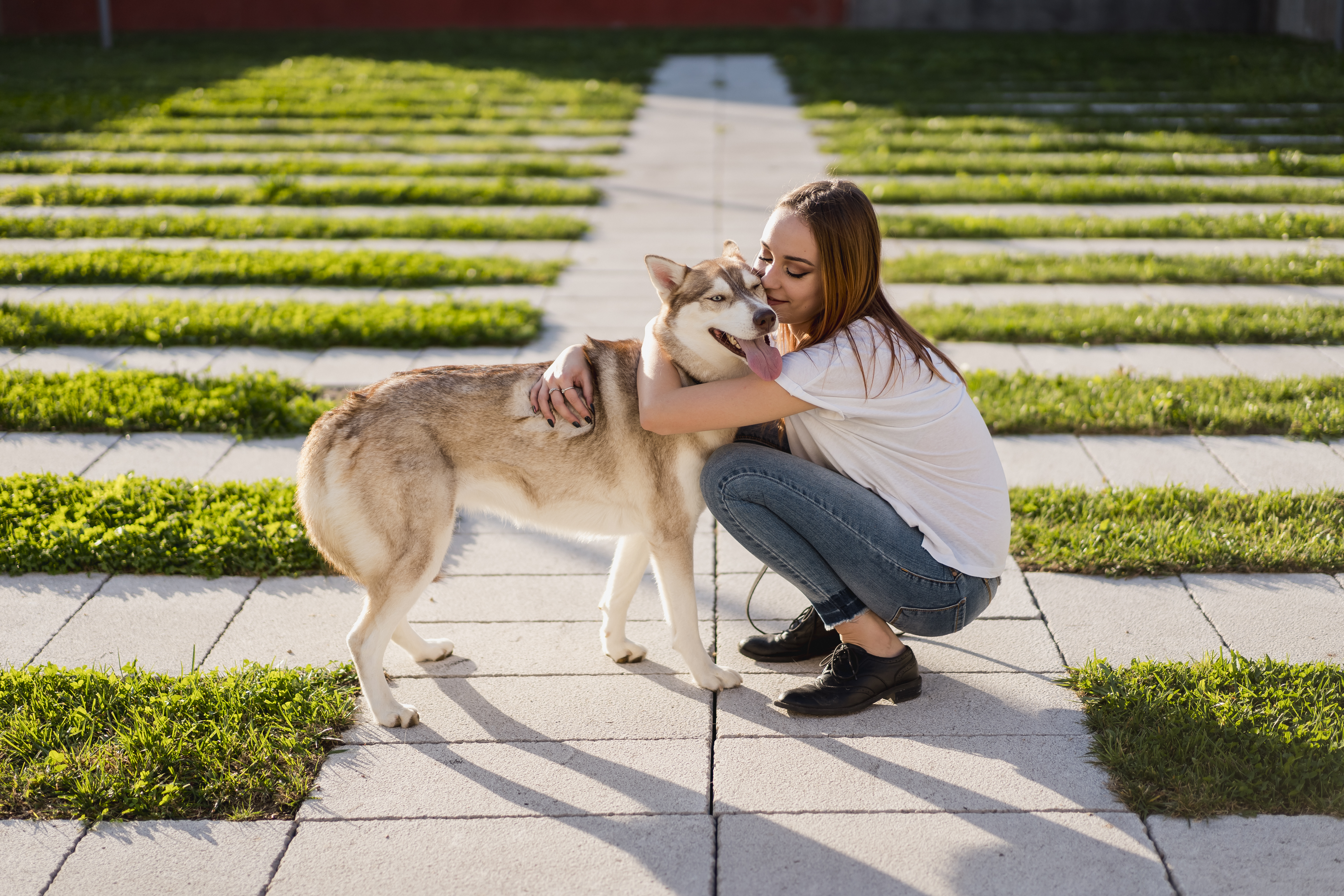
When a dog’s happiness spills over into their entire body, you’ll see it in the form of full-body wiggling. This typically occurs during moments of peak excitement, such as greeting you at the door or anticipating a walk. Their tail wags energetically, their hips sway, and their paws may even prance in place—it's the ultimate display of canine joy. Whole-body wagging is often accompanied by an enthusiastic expression, complete with a lolling tongue and bright eyes. This uninhibited display of happiness is your dog’s way of saying, “I’m so glad you’re here!” It’s one of the purest expressions of love and excitement that a dog can show.
6. Relaxed Body Language

A happy dog carries themselves with ease. Their body will appear loose and relaxed, with no signs of tension or stress. You might notice your dog lounging with their paws stretched out or rolling onto their back to expose their belly—an ultimate sign of trust and contentment. Even when standing or moving around, a happy dog’s posture remains calm. They’ll walk with a light, bouncy gait and wag their tail freely. If your dog appears at ease both physically and mentally, it’s a clear indication that they feel safe, loved, and happy in their environment.
7. Excited Greeting Rituals
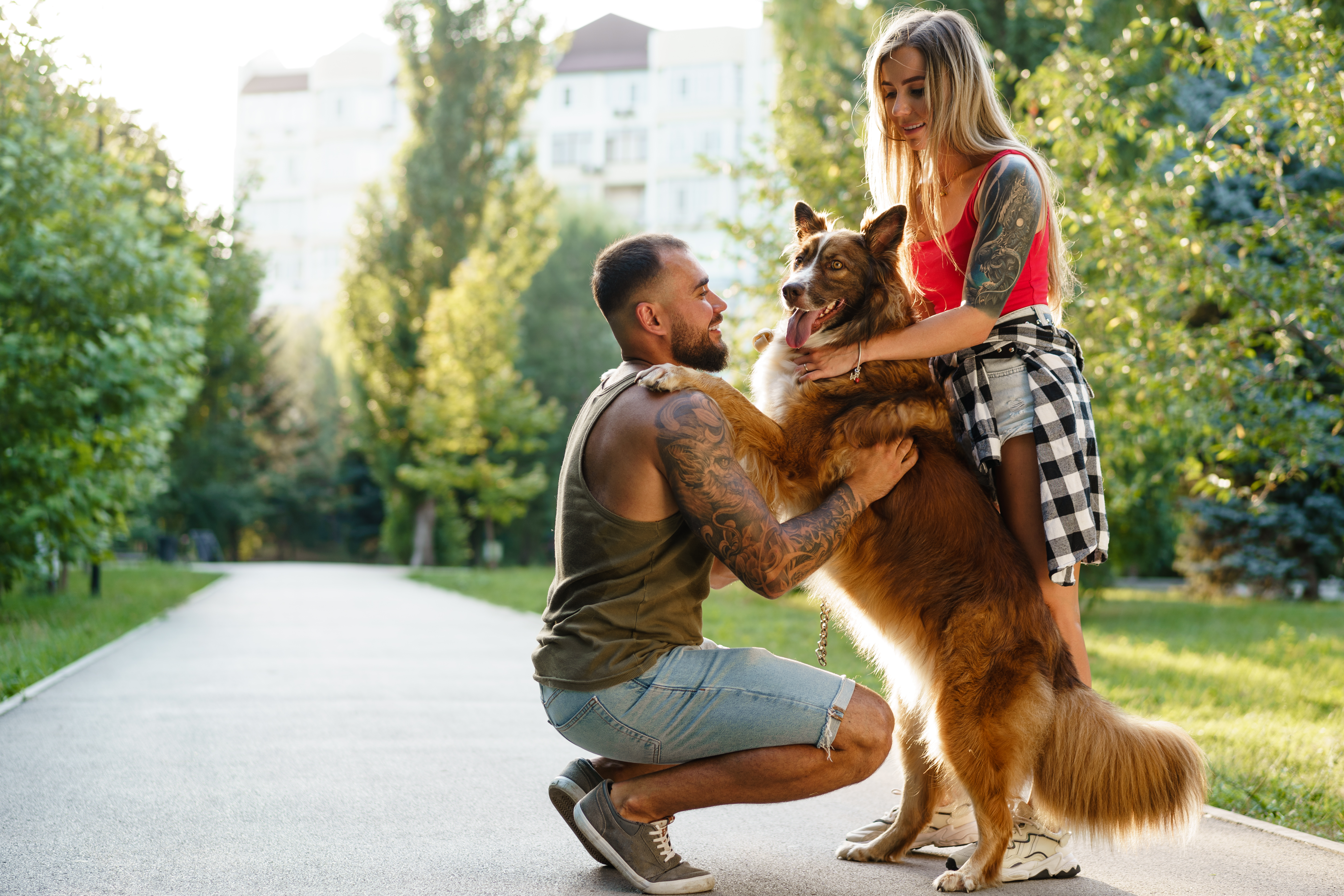
When your dog greets you with uncontainable excitement, it’s a sure sign they’re happy to see you. Happy dogs often run to the door, wag their tails energetically, and may even jump up (though this behavior can be managed through training). Their enthusiasm during greetings reflects their deep bond with you and their joy in your presence. Some dogs may bring you a favorite toy as part of their greeting ritual, showing their eagerness to share something special with you. These moments of connection are not only heartwarming but also a testament to your dog’s happiness and trust.
8. Contented Sleep
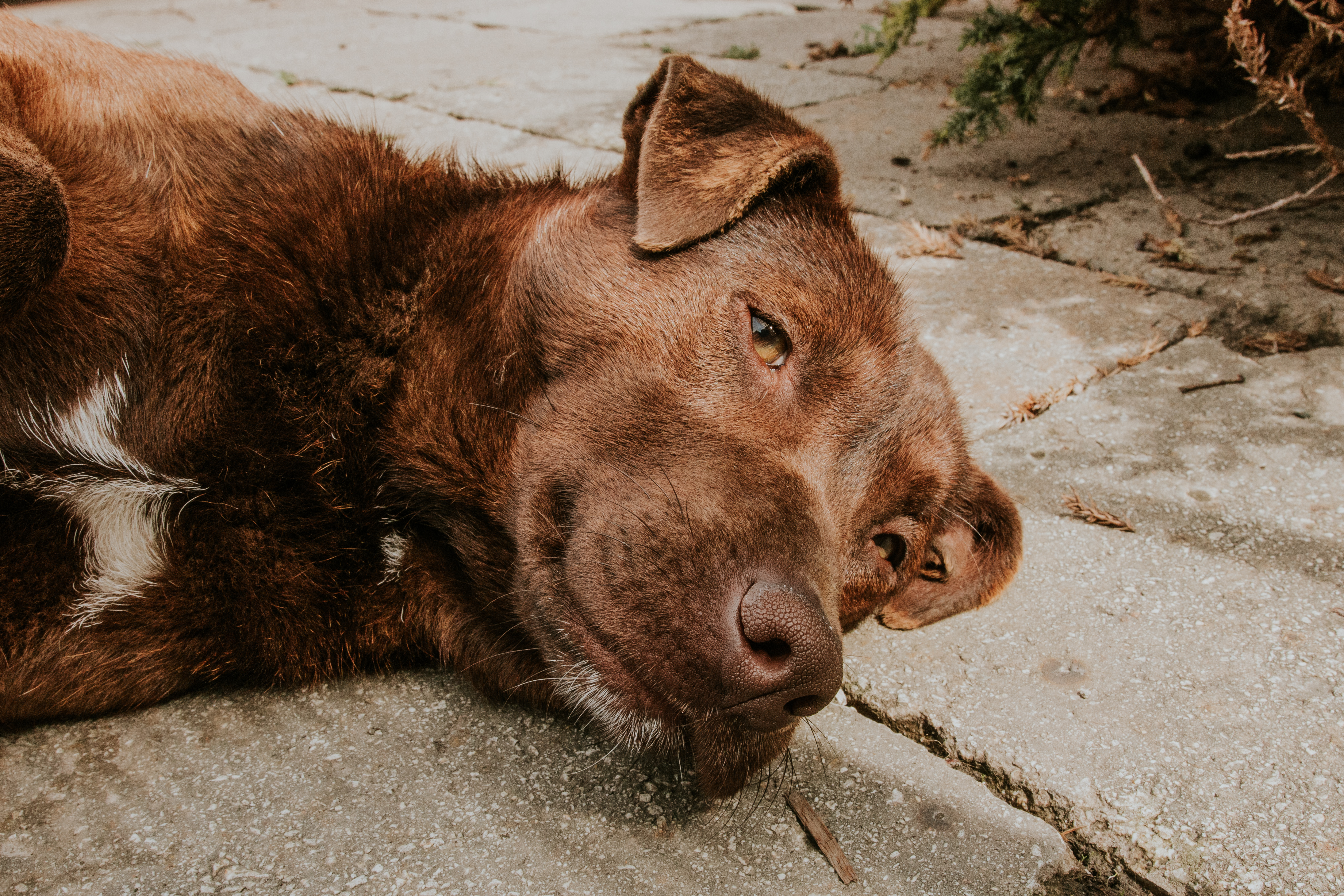
A happy dog sleeps deeply and comfortably, often in relaxed positions like sprawled out on their side or curled up in a cozy spot. Dreaming, marked by twitching paws or soft noises, is another sign of restful, contented sleep. These behaviors indicate that your dog feels safe and secure in their surroundings. The amount and quality of sleep are also important. Happy dogs tend to follow a healthy sleep routine, taking restful naps during the day and sleeping well through the night. If your dog sleeps soundly and wakes up with a wagging tail, it’s a good sign they’re content and well-adjusted.
9. Healthy Play with Other Dogs

Social play with other dogs is a strong indicator of your dog’s happiness and social well-being. Happy dogs engage in playful behaviors like chasing, wrestling, and bowing, often punctuated by wagging tails and playful barks. They understand the rules of play and take turns, ensuring the interaction remains fun and respectful. If your dog actively seeks out interactions with their canine friends and enjoys these moments of play, it’s a clear sign they feel confident, comfortable, and happy. These social behaviors are essential for a well-rounded and joyful life.
10. Exploring Their Environment
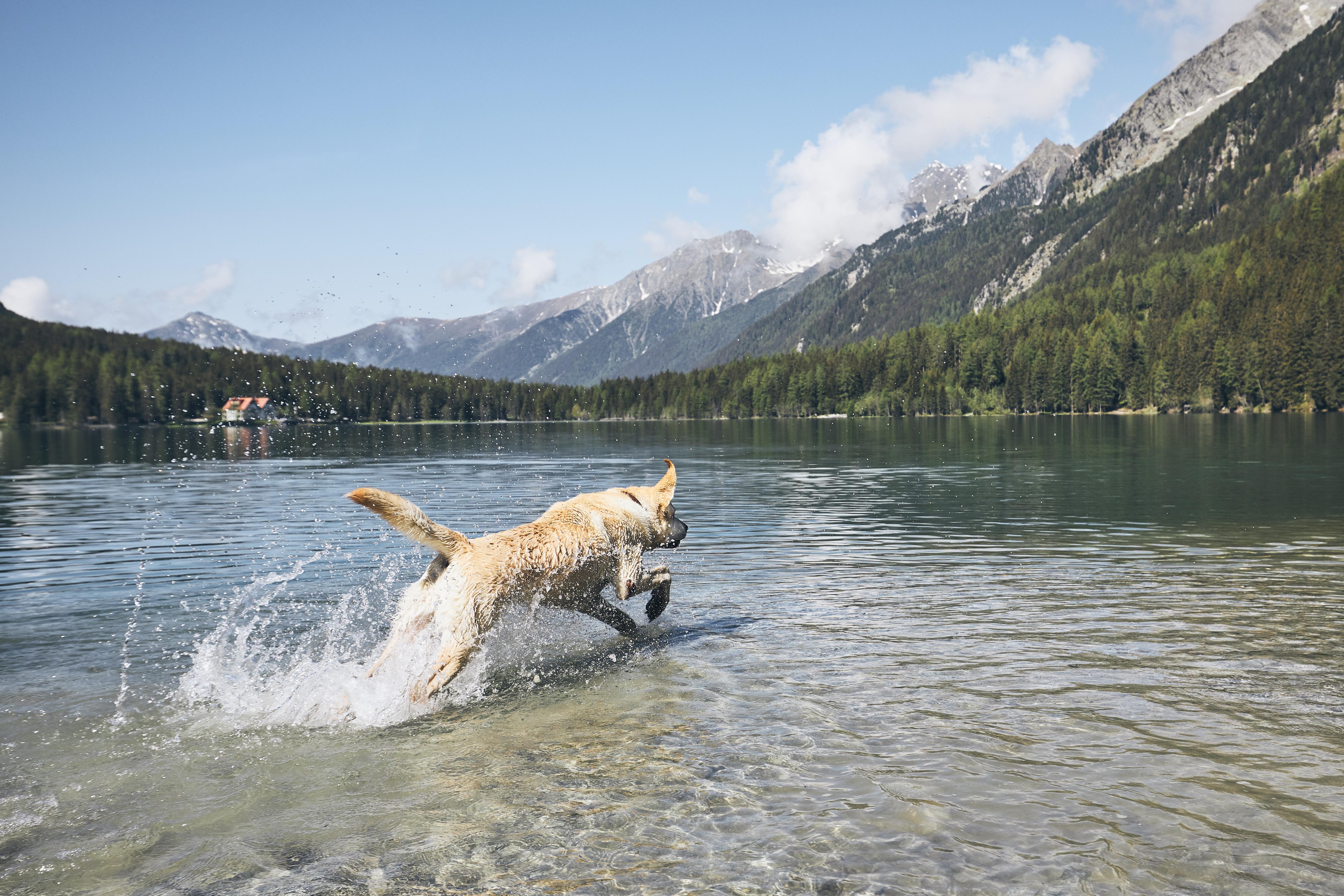
Curiosity is a hallmark of a happy dog. Whether sniffing every blade of grass on a walk or eagerly investigating new surroundings, an adventurous dog is a happy one. This exploratory behavior shows that your dog feels secure enough to engage with the world around them. Happy dogs often pause to take in their environment, wagging their tails as they encounter interesting scents or objects. This natural curiosity not only reflects their emotional well-being but also enriches their lives by keeping them mentally stimulated.
11. Licking and Nuzzling You
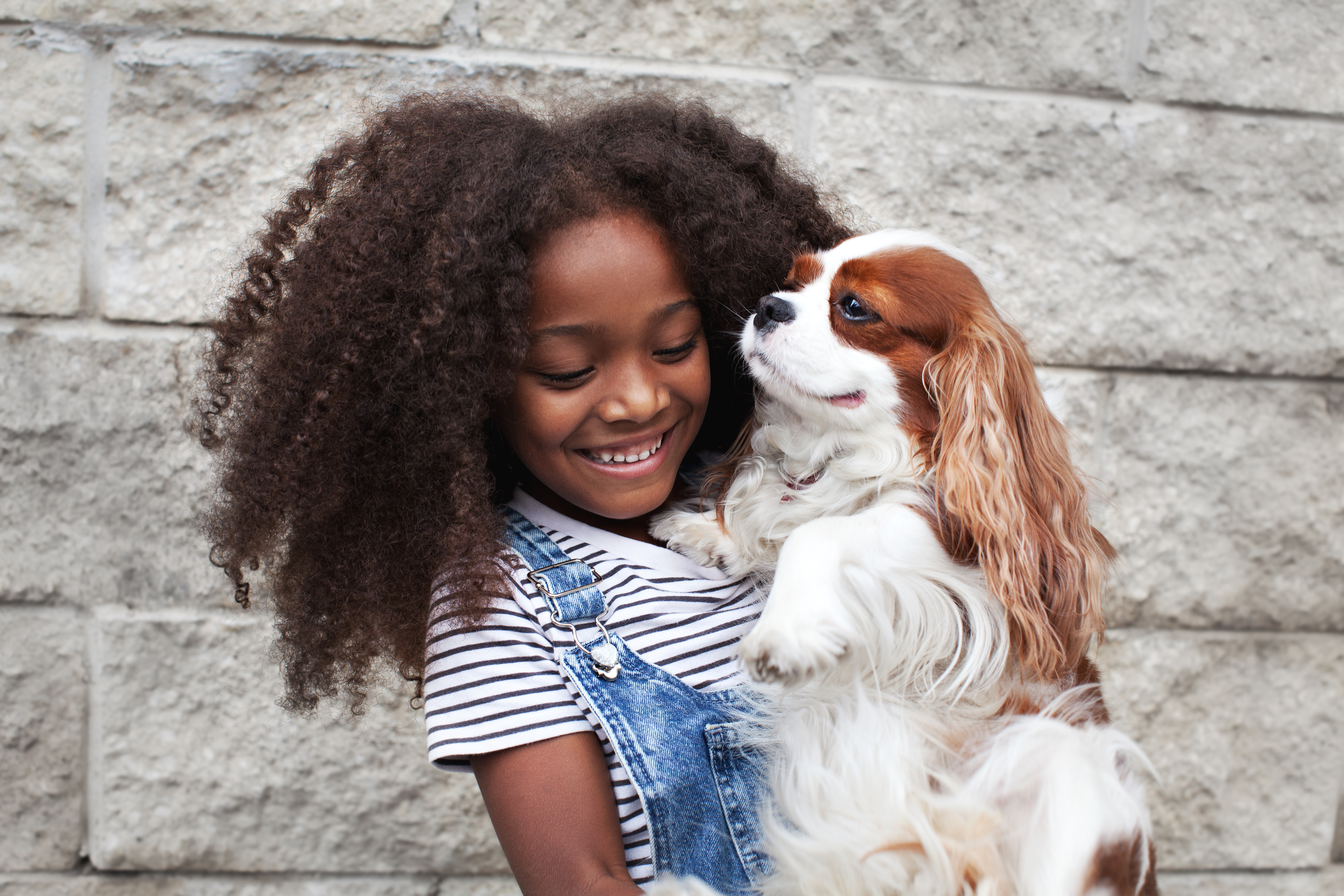
Affectionate gestures like licking your face or nuzzling into your side are clear signs of a happy and loving dog. These actions are often accompanied by soft, wagging tails and relaxed body language, indicating that your dog feels close and connected to you. These moments of affection are not just endearing; they’re a reflection of your dog’s bond with you. By responding to these gestures with pets and kind words, you reinforce their happiness and strengthen your relationship.
12. A Soft, Happy Bark or Whimper
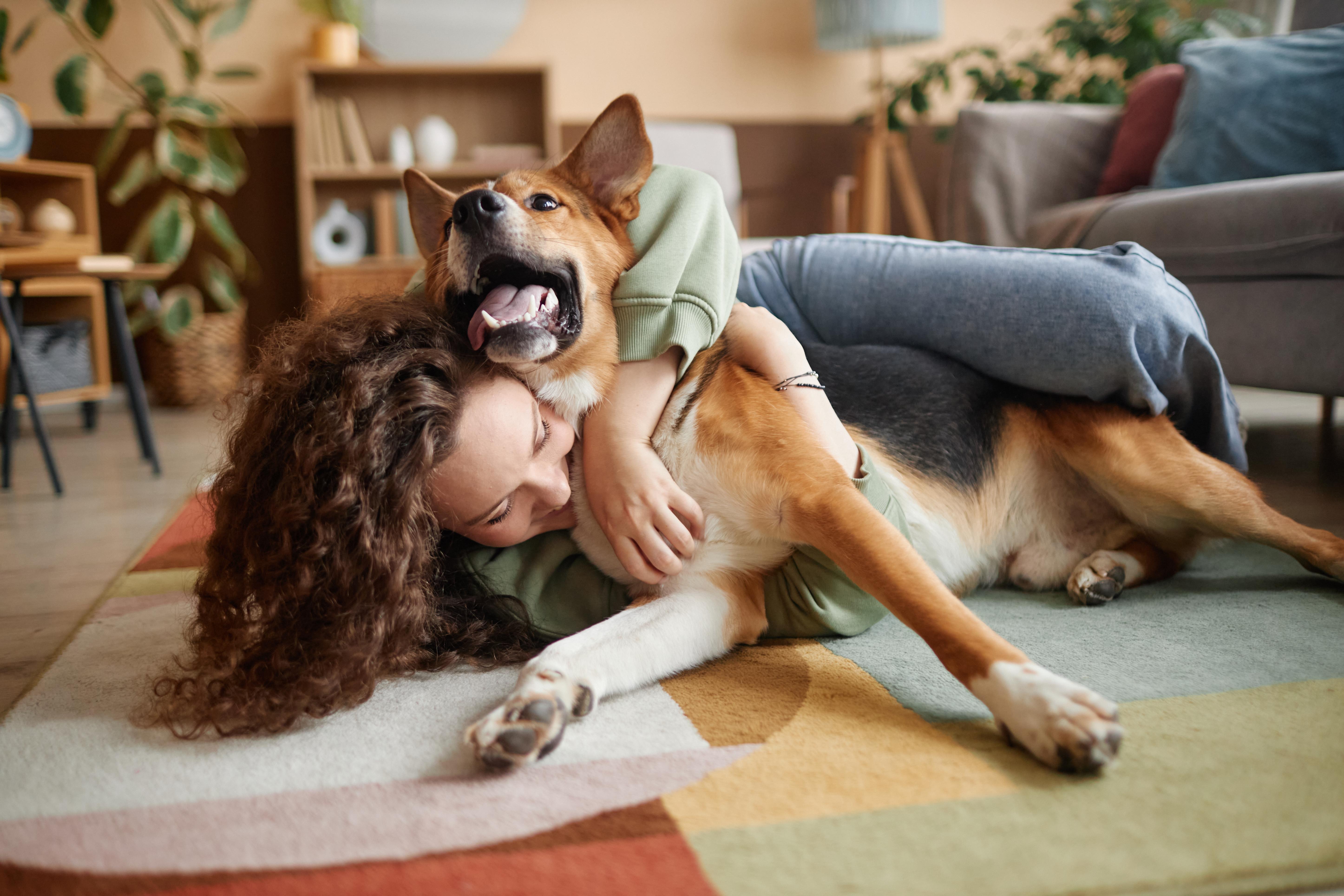
Dogs often vocalize their happiness with soft barks, excited yips, or even gentle whimpers. Paired with wagging tails and bright eyes, these sounds indicate excitement, joy, and a desire to engage. Each dog’s “happy voice” is unique, and learning to recognize these cues can help you better understand their emotional state. Happy vocalizations often occur during playtime, greetings, or anticipation of something exciting, like a walk or treat. They’re your dog’s way of expressing their joy in the moment.
Understanding Your Dog’s Happiness
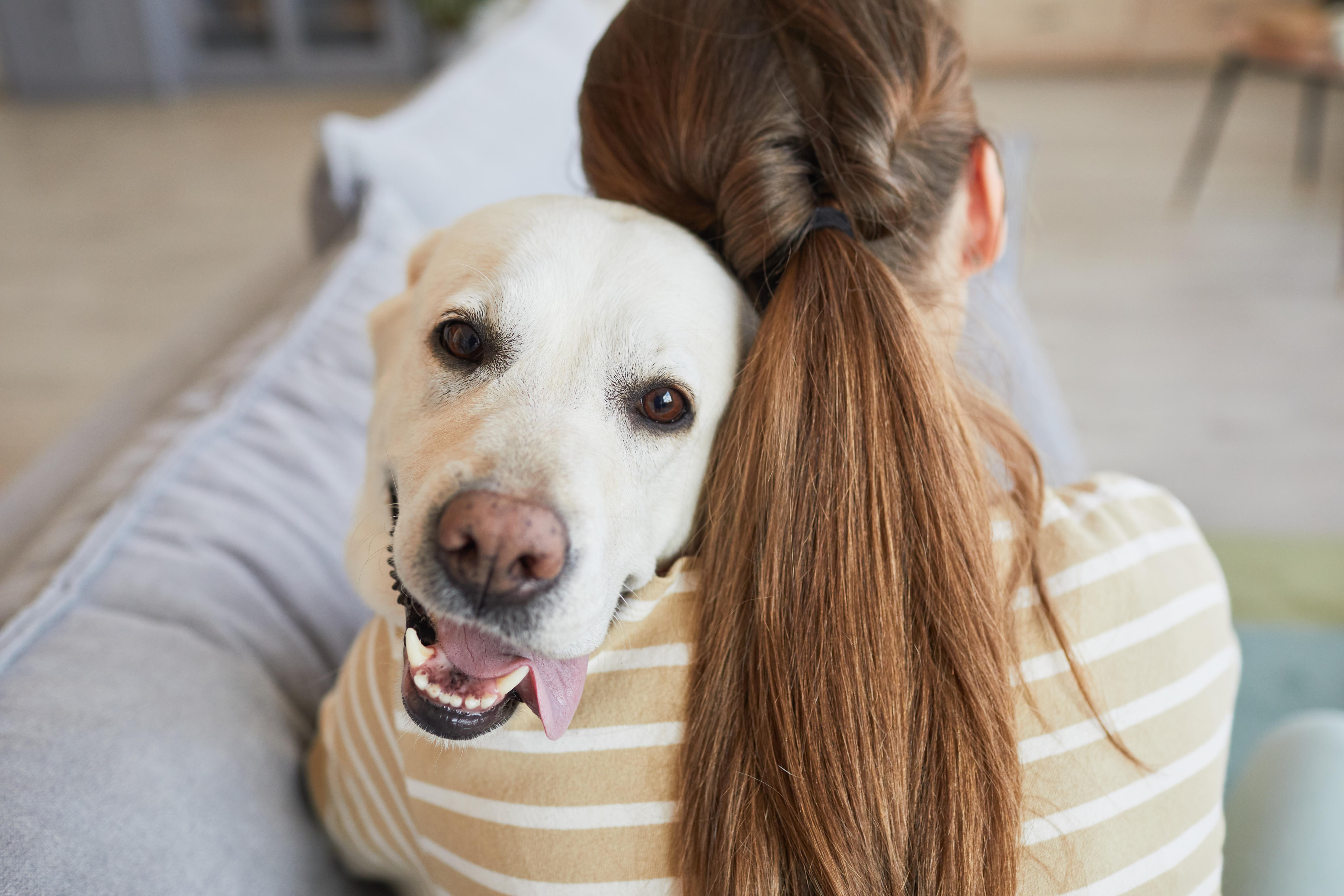
Dogs bring endless joy into our lives, and recognizing the signs of their happiness helps us return the favor. By paying attention to their body language, behavior, and vocal cues, we can better understand their needs and emotions. A happy dog isn’t just a reflection of their environment—it’s a testament to the love, care, and companionship you provide. As you observe your dog’s unique expressions of happiness, take pride in the bond you’ve built together. By fostering their well-being and celebrating their joy, you ensure a life filled with tail wags, playful moments, and unconditional love. After all, there’s nothing quite like the happiness of a dog to brighten your day.







